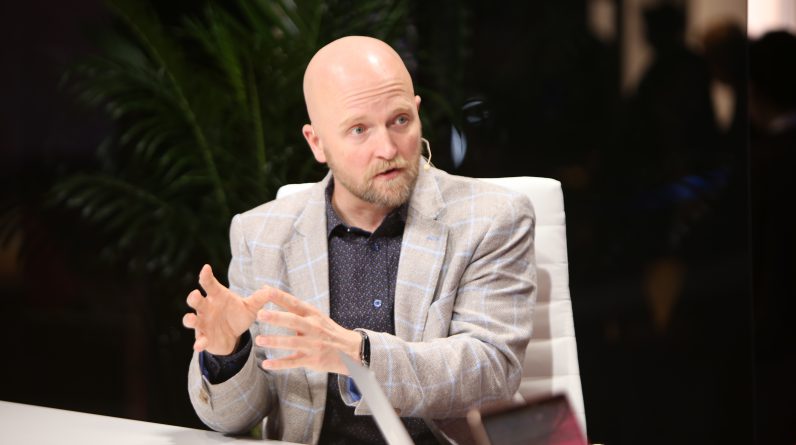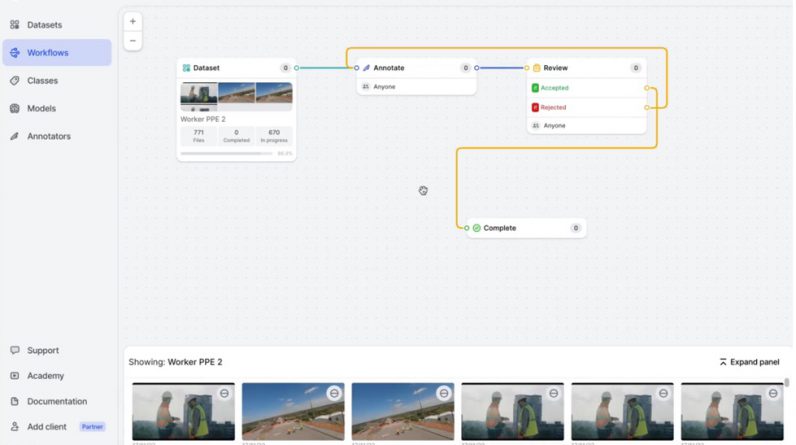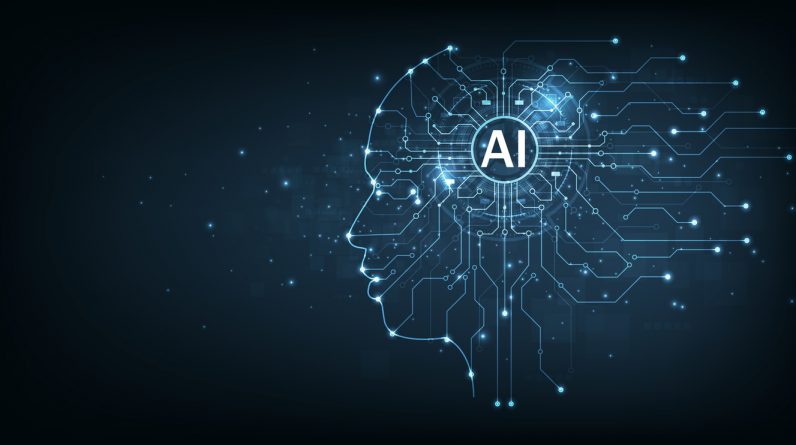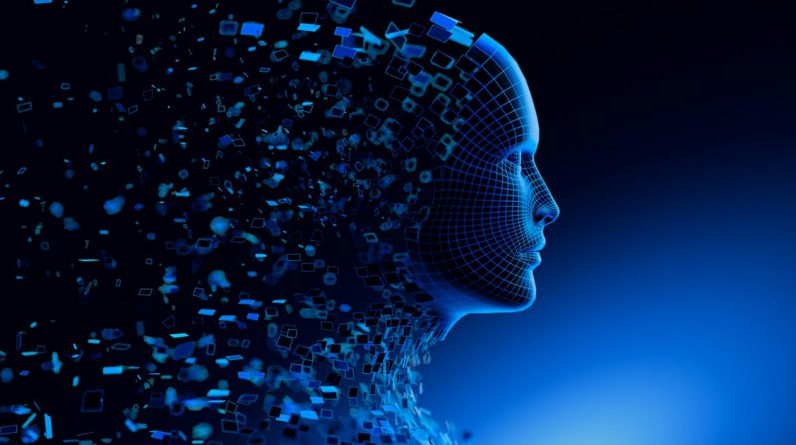
“If labor can be replaced by machines across a wide range of tasks in the future,” they warn, “we may experience an A.I.-powered growth takeoff at the same time that the value of labor declines. This would present a significant challenge for our society. Moreover, artificial general intelligence may also impose large risks on humanity if not aligned with human objectives.”
These warnings, however, are issued in passing, in contrast to the work of Acemoglu, Autor and Johnson. The core focus of Baily, Brynjolfsson and Korinek is on the tremendous positive promise of artificial intelligence:
The potential of the most recent generation of A.I. systems is illustrated vividly by the viral uptake of ChatGPT, a large language model (LLM) that captured public attention by its ability to generate coherent and contextually appropriate text. This is not an innovation that is languishing in the basement. Its capabilities have already captivated hundreds of millions of users.
Other LLMs that were recently rolled out publicly include Google’s Bard and Anthropic’s Claude. But generative AI is not limited to text: in recent years, we have also seen generative AI systems that can create images, such as Midjourney, Stable Diffusion or DALL-E, and more recently multimodal systems that combine text, images, video, audio and even robotic functions.
These technologies are foundation models, which are vast systems based on deep neural networks that have been trained on massive amounts of data and can then be adapted to perform a wide range of different tasks. Because information and knowledge work dominate the U.S. economy, these machines of the mind will dramatically boost overall productivity.
Productivity, Baily and his co-authors go on to say, is “the primary determinant of our long-term prosperity and welfare.” They foresee artificial intelligence generating a virtuous circle, with productivity gains at its center: “If generative A.I. makes cognitive workers on average 30 percent more productive over a decade or two and cognitive work makes up about 60 percent of all value added in the economy, this amounts to an 18-percent increase in aggregate productivity and output.”
In addition, productivity growth will accelerate “innovation and thus future productivity growth. Cognitive workers not only produce current output but also invent new things, engage in discoveries, and generate the technological progress that boosts future productivity.”
How does this virtuous circle actually operate? It’s driven by the compounding of small annual gains into large multiyear improvements.
Baily, Brynjolfsson and Korinek observe that “if productivity growth was 2 percent and the cognitive labor that underpins productivity growth is 20 percent more productive, this would raise the growth rate of productivity by 20 percent to 2.4 percent,” a “barely noticeable” change:
But productivity growth compounds. After a decade, the described tiny increase in productivity growth would leave the economy 5 percent larger, and the growth would compound further every year thereafter. What’s more, if the acceleration applied to the growth rate of the growth rate, then, of course, growth would accelerate even more over time.
From a different vantage point, Autor sees the potential of a benefit for the expanded application of artificial intelligence. In his 2024 paper, “Applying A.I. to Rebuild Middle Class Jobs,” Autor argues that
The unique opportunity that A.I. offers to the labor market is to extend the relevance, reach, and value of human expertise.
Because of A.I.’s capacity to weave information and rules with acquired experience to support decision-making, it can be applied to enable a larger set of workers possessing complementary knowledge to perform some of the higher-stakes decision-making tasks that are currently arrogated to elite experts, e.g., medical care to doctors, document production to lawyers, software coding to computer engineers, and undergraduate education to professors.
My thesis is not a forecast but an argument about what is possible: A.I., if used well, can assist with restoring the middle-skill, middle-class heart of the U.S. labor market that has been hollowed out by automation and globalization.
There are fewer empirical data points in the study of the effects of artificial intelligence on the broad field of political competition, in comparison with the abundance of statistics and other kinds of information on jobs, economic growth and innovation. As a result, the scholarly analysis of A.I. and politics is a work in progress.








